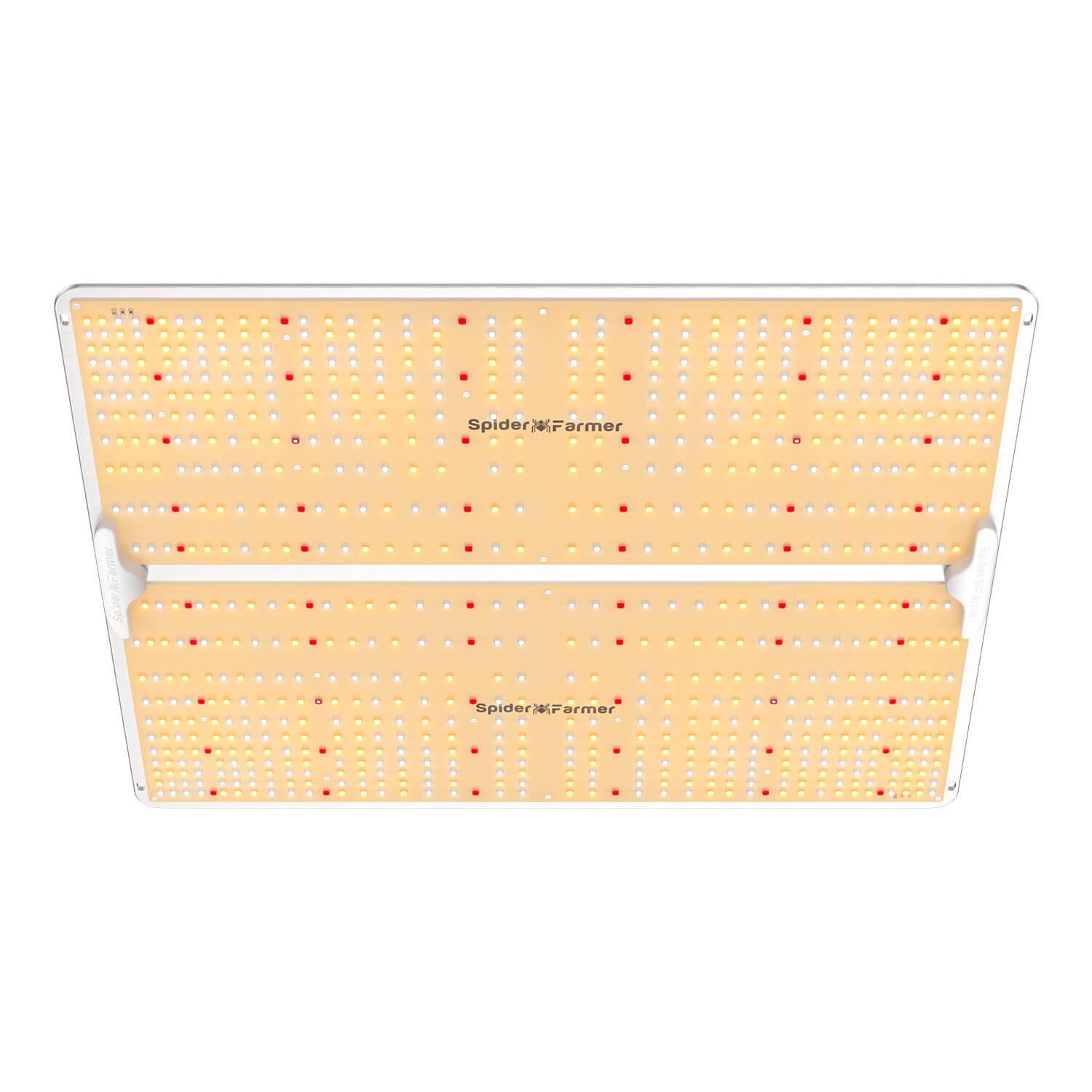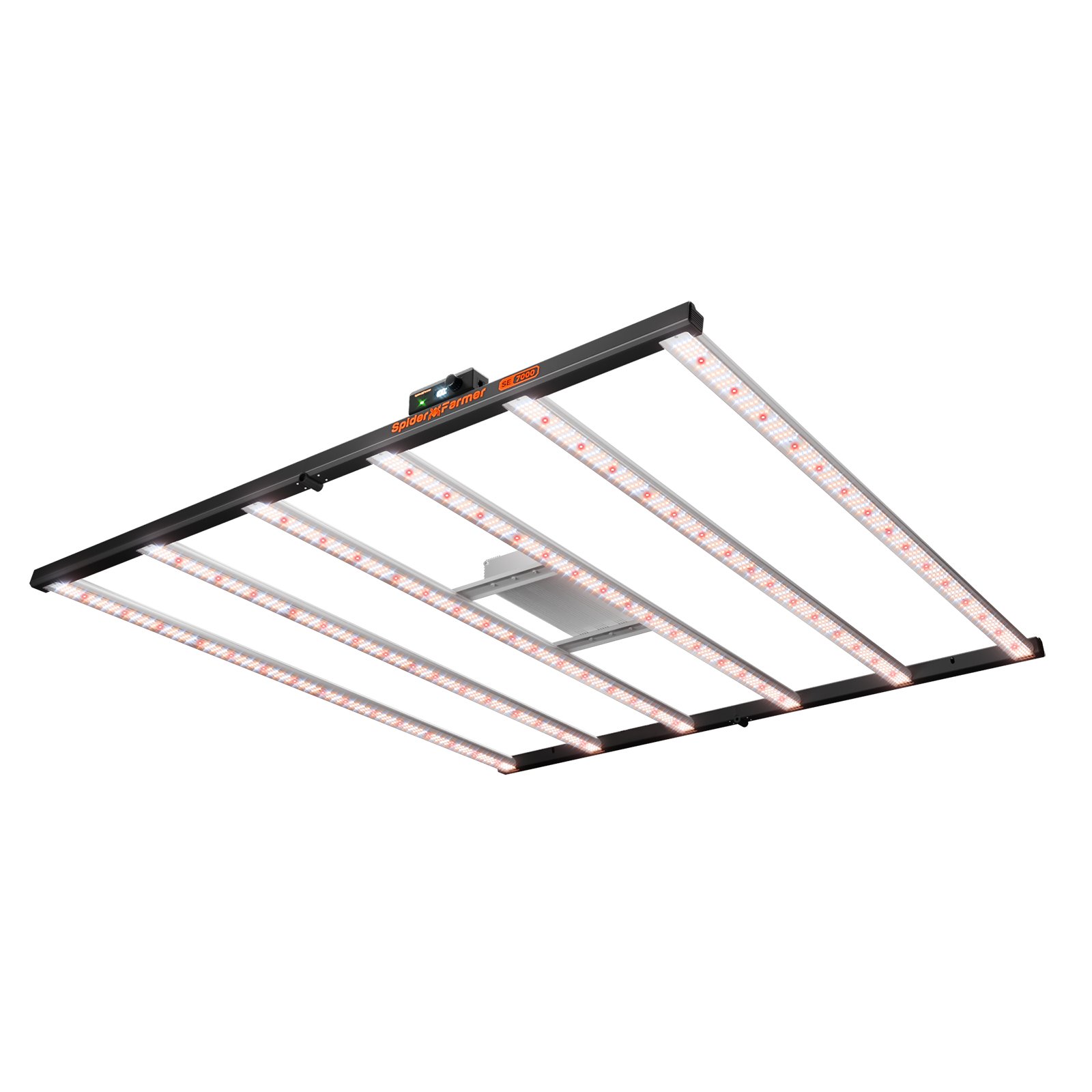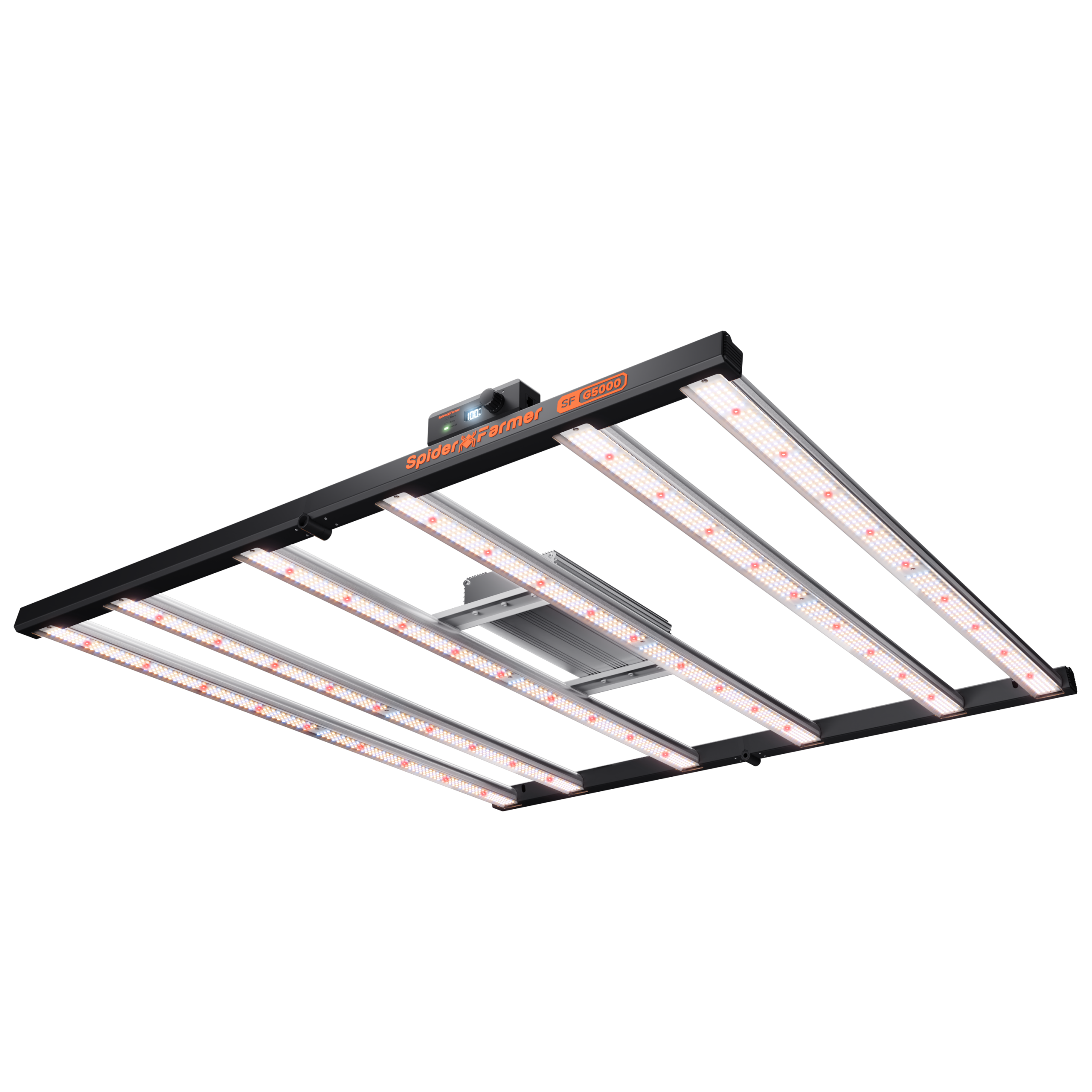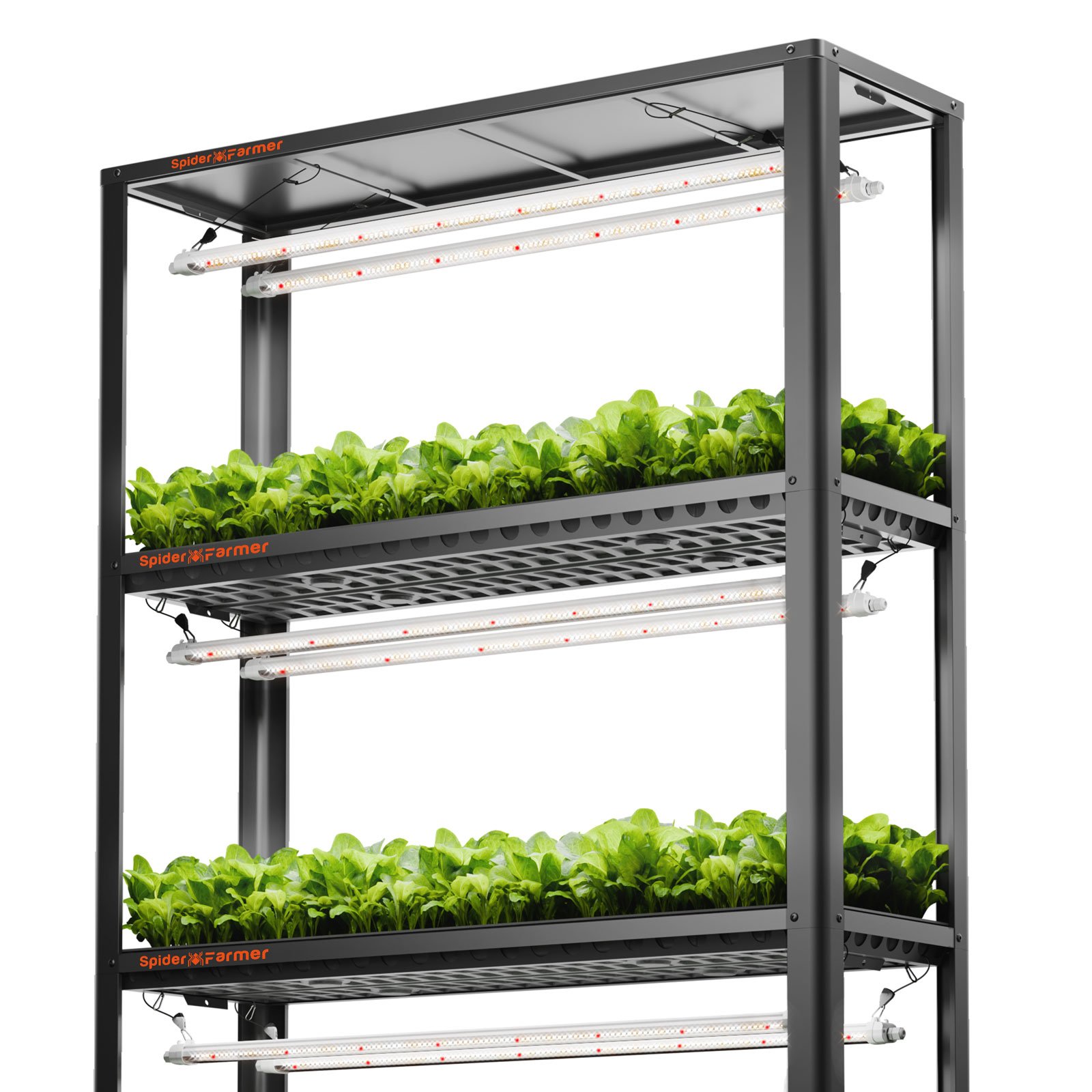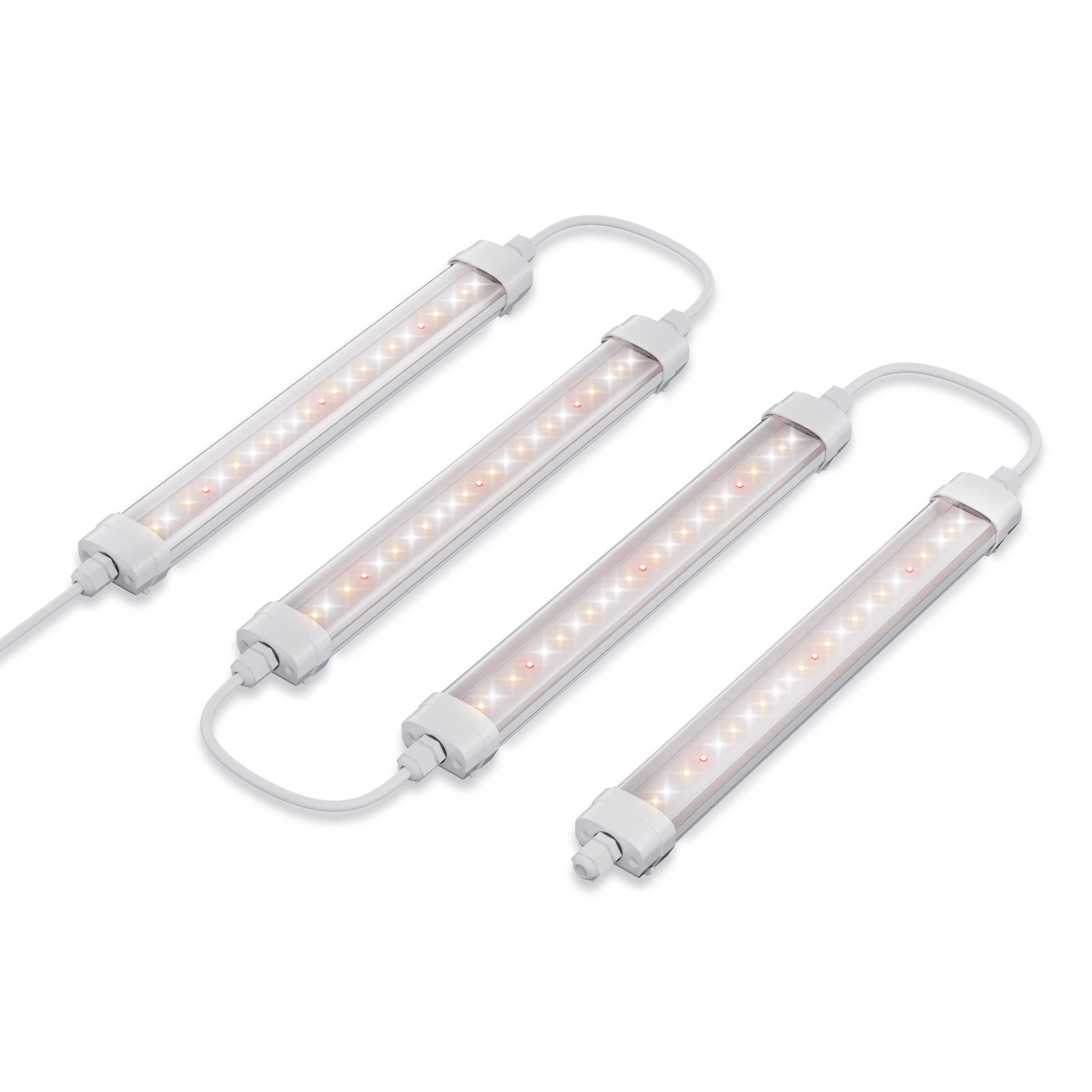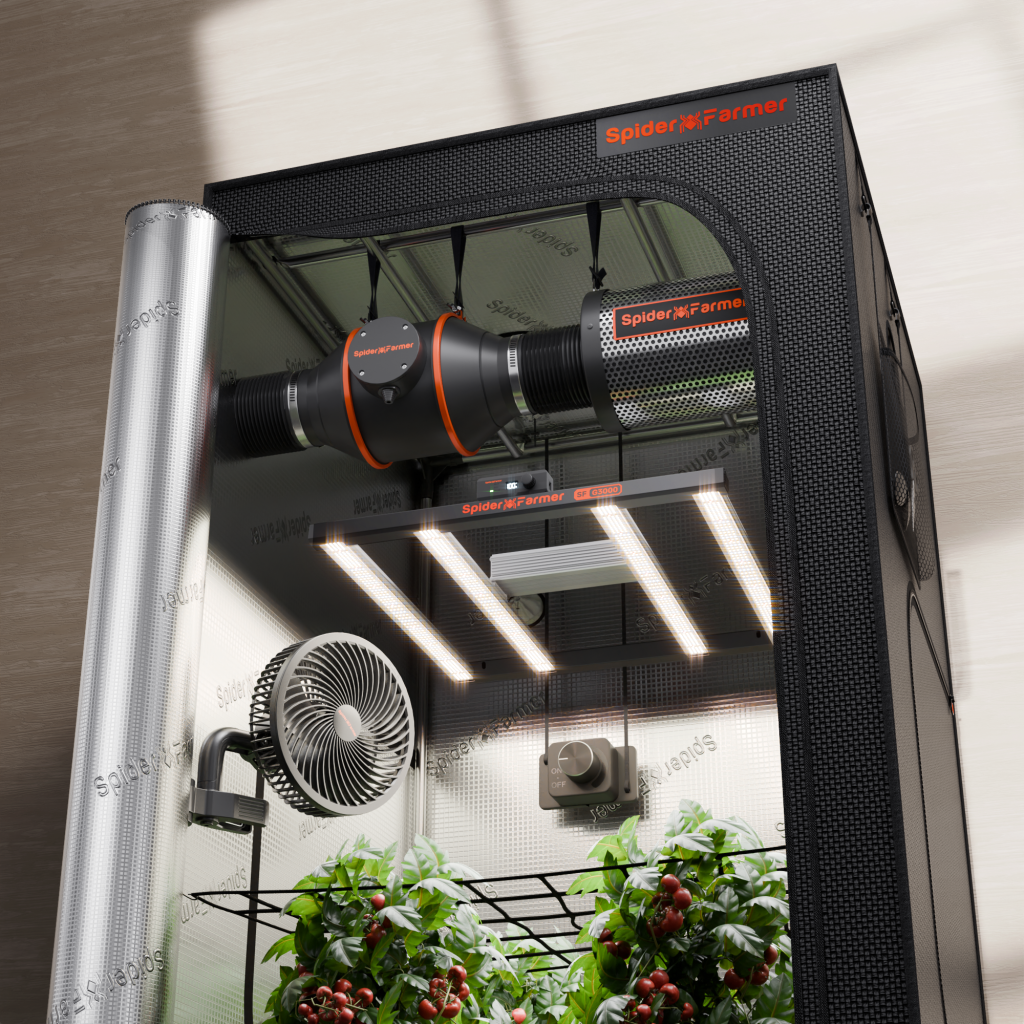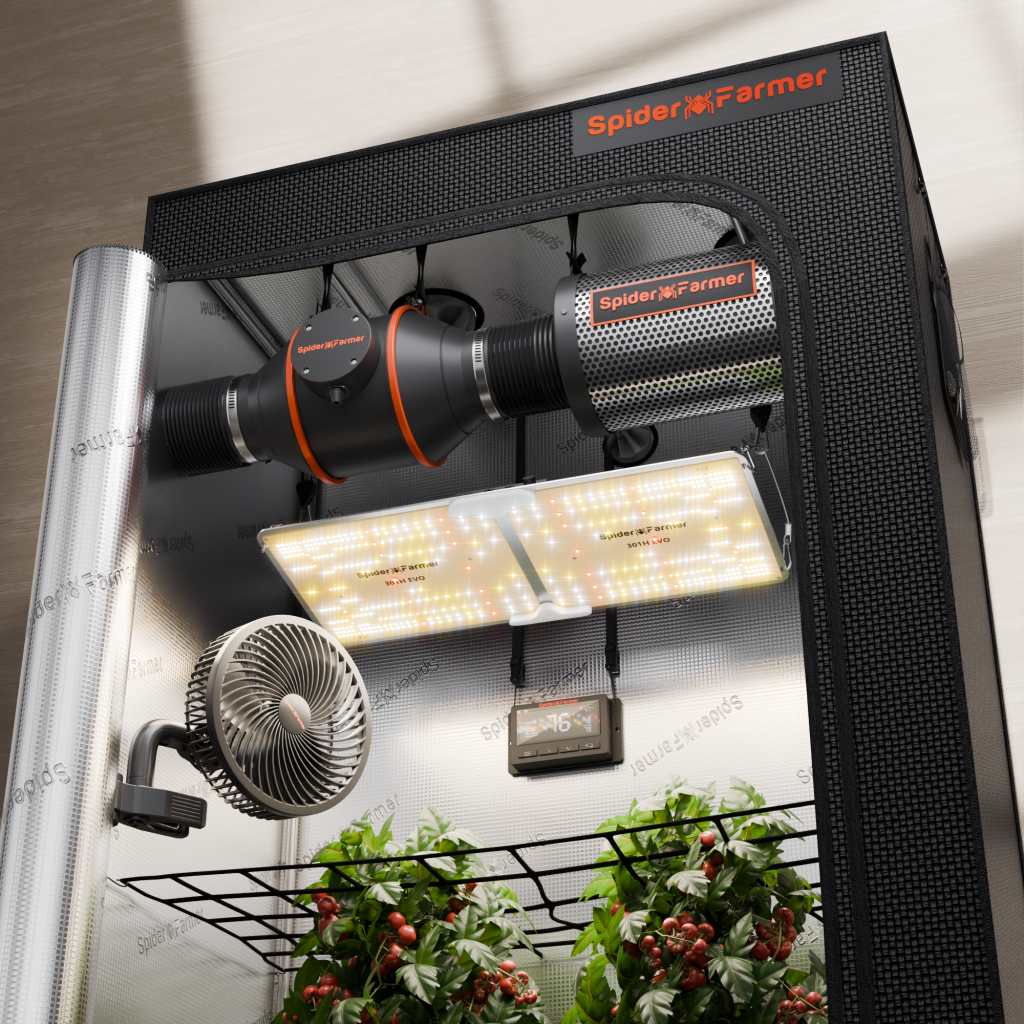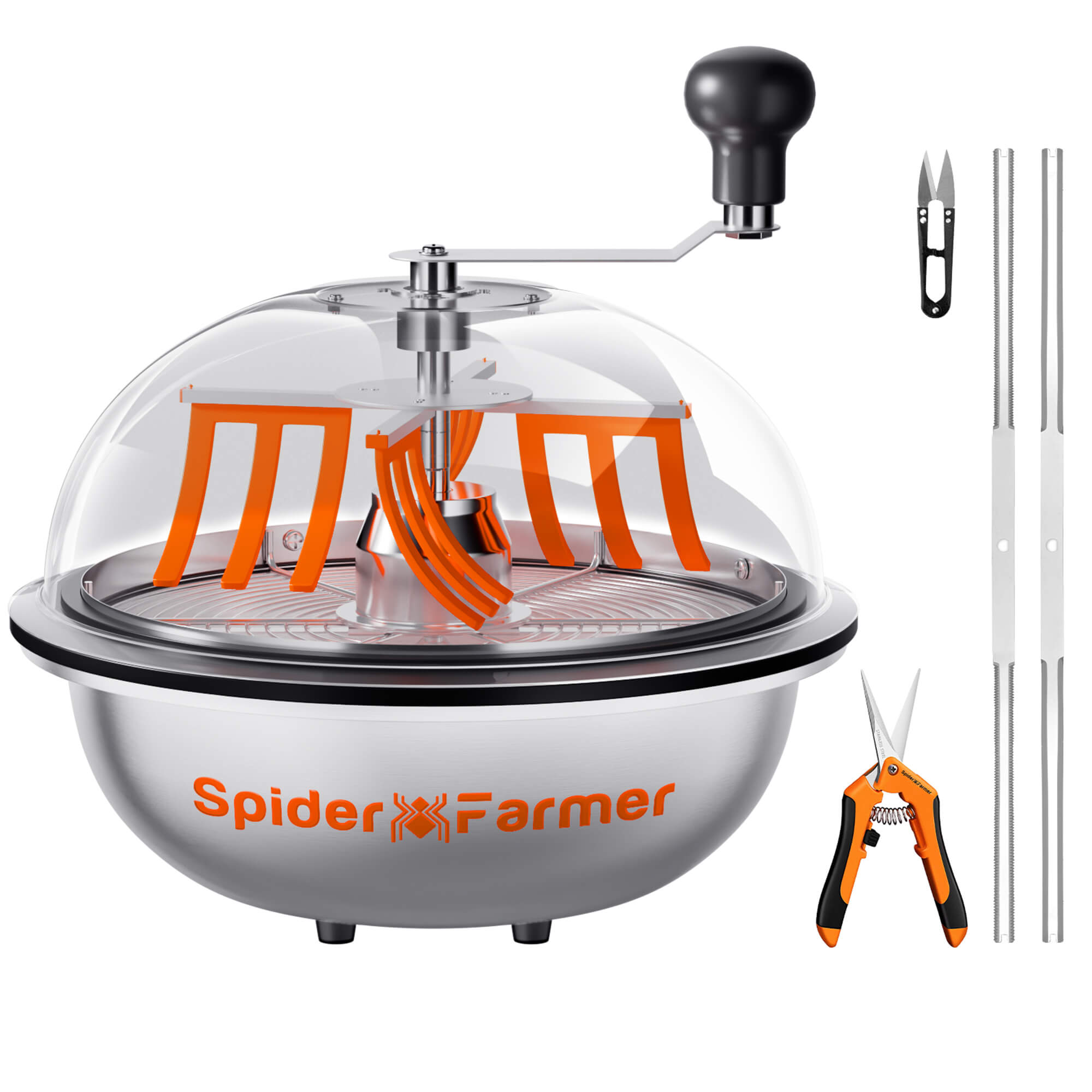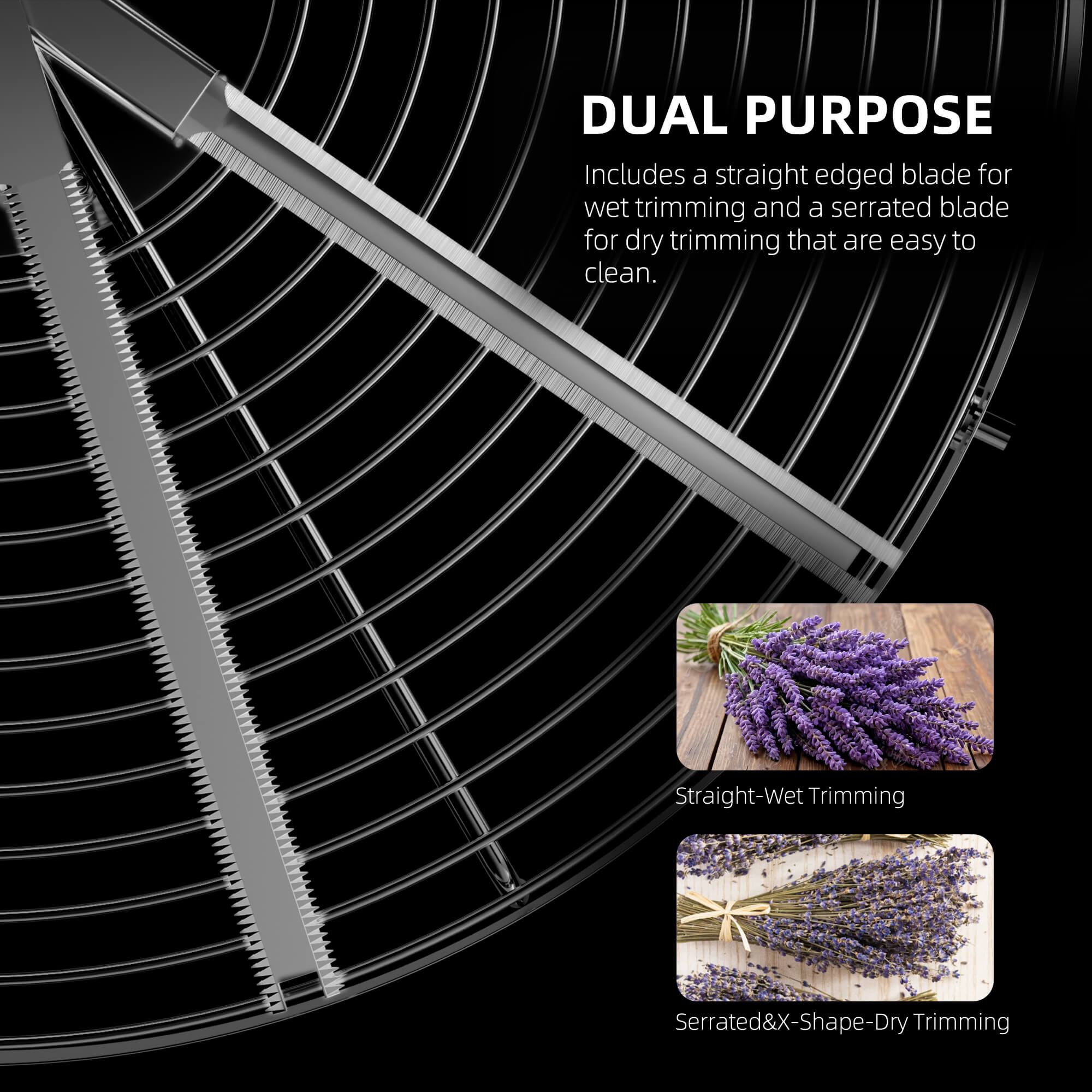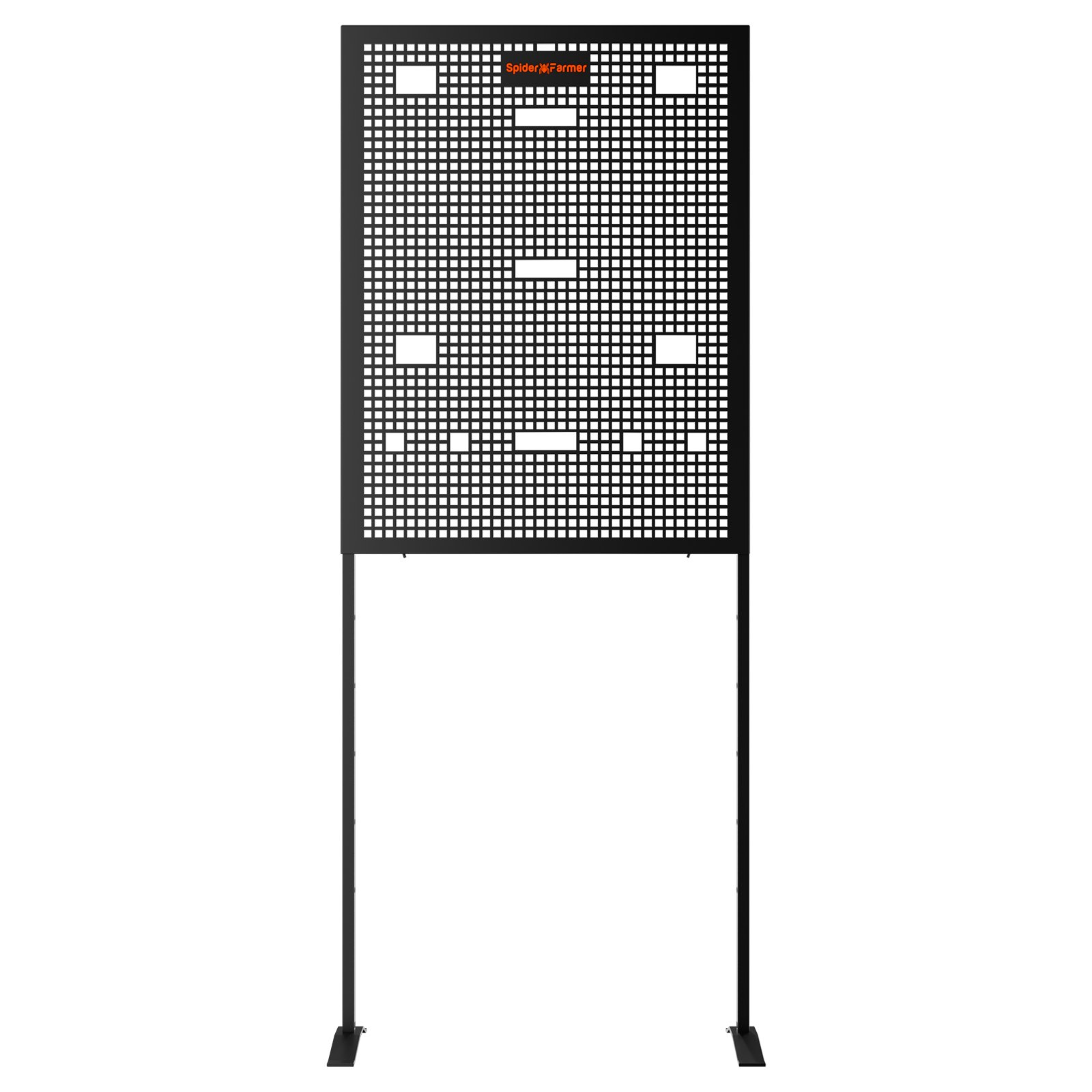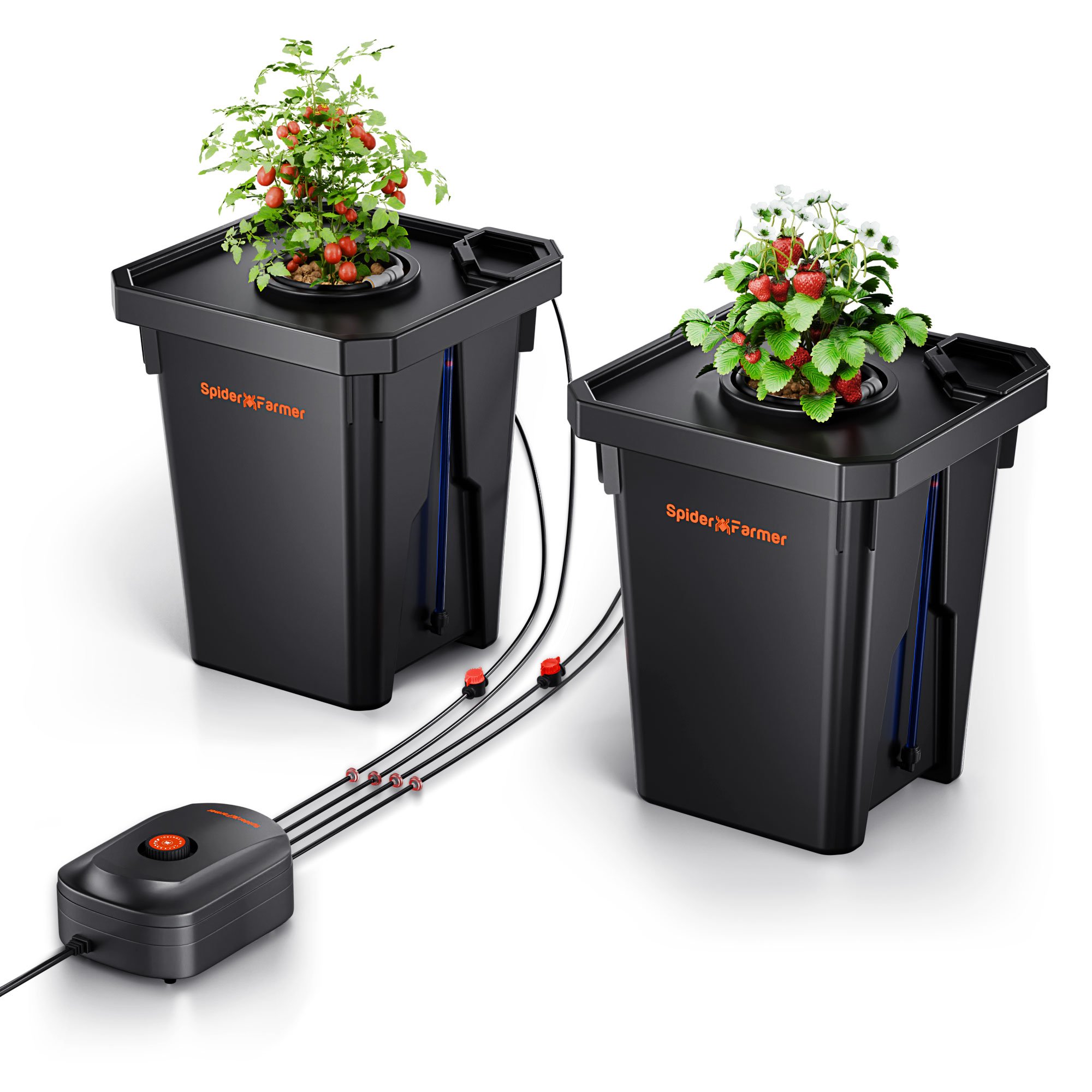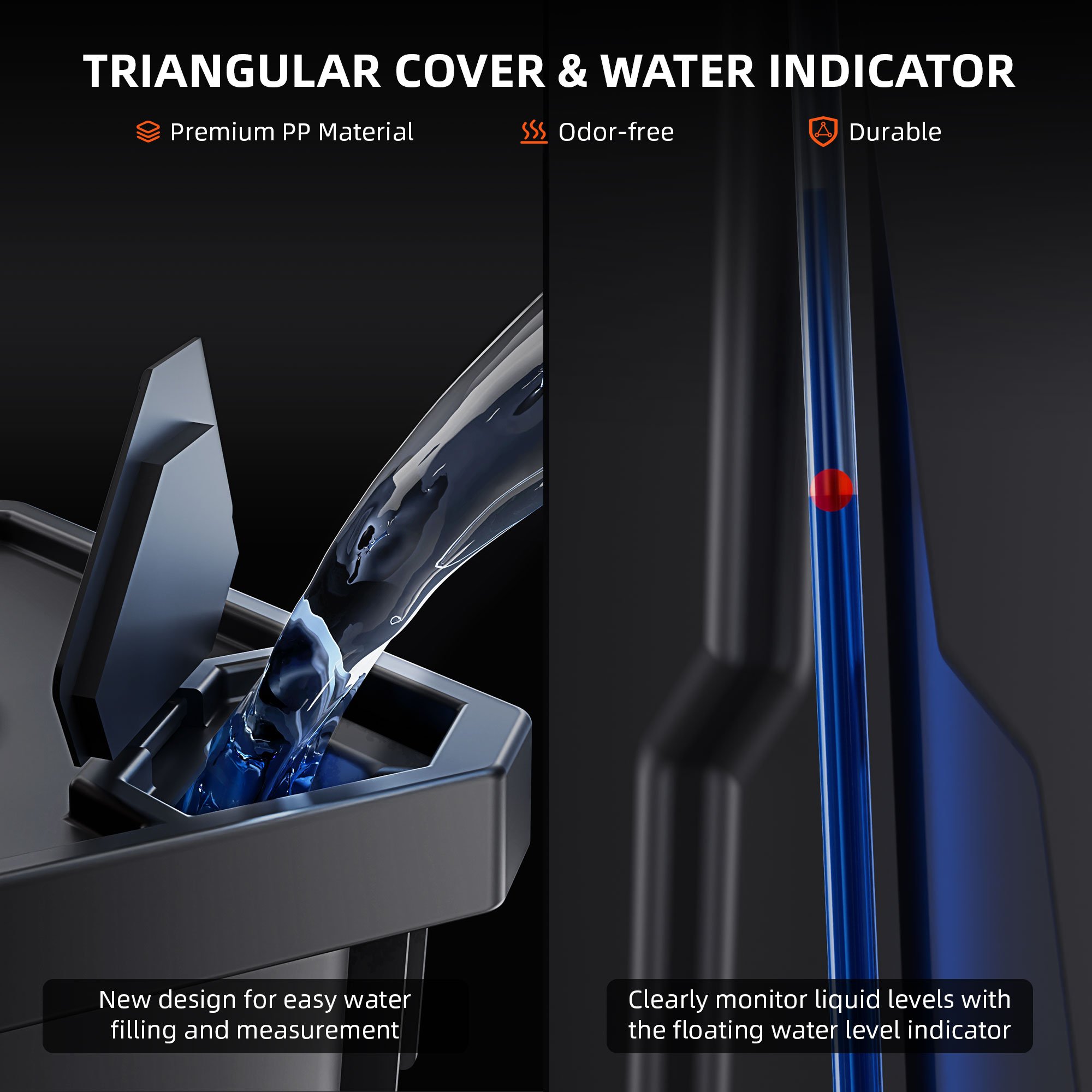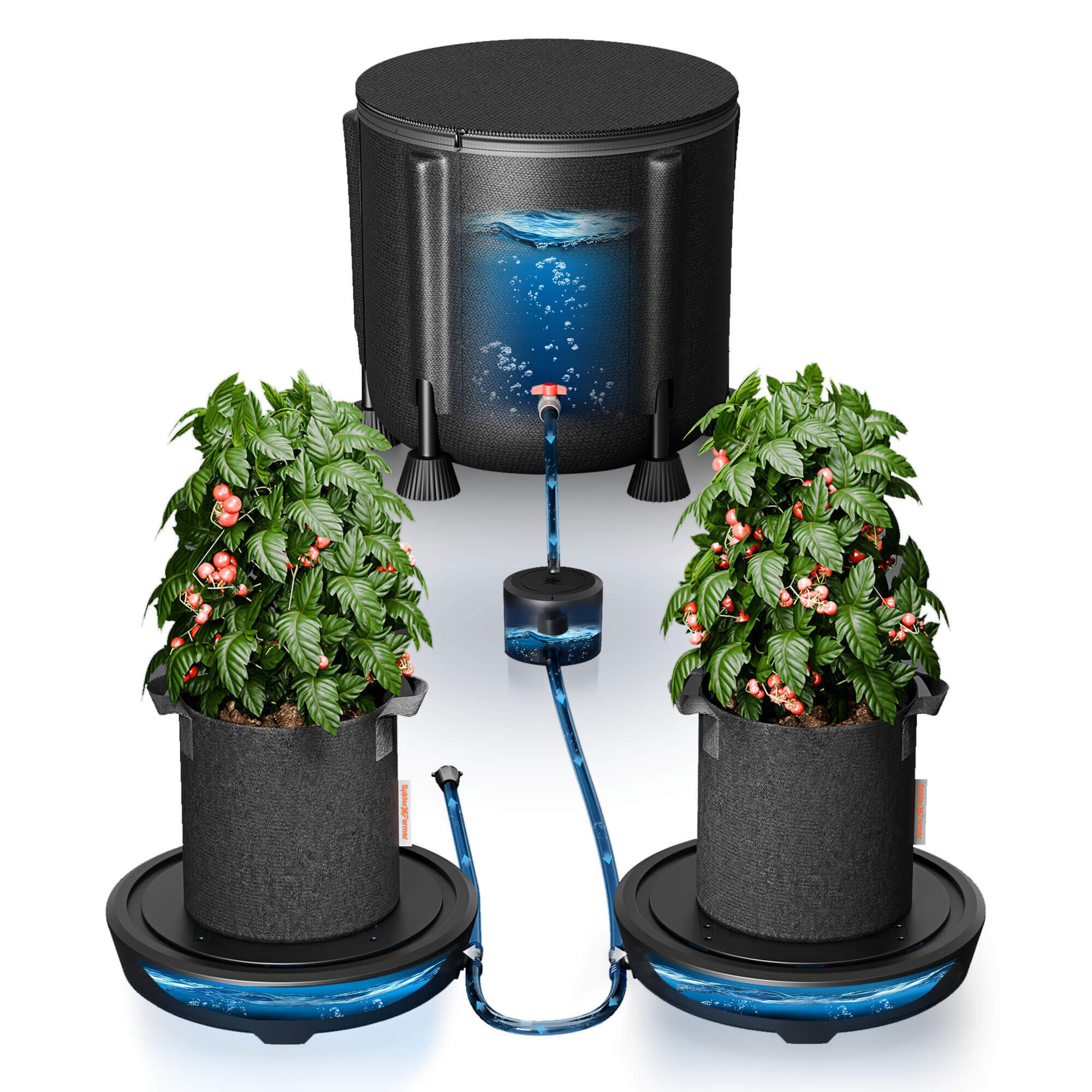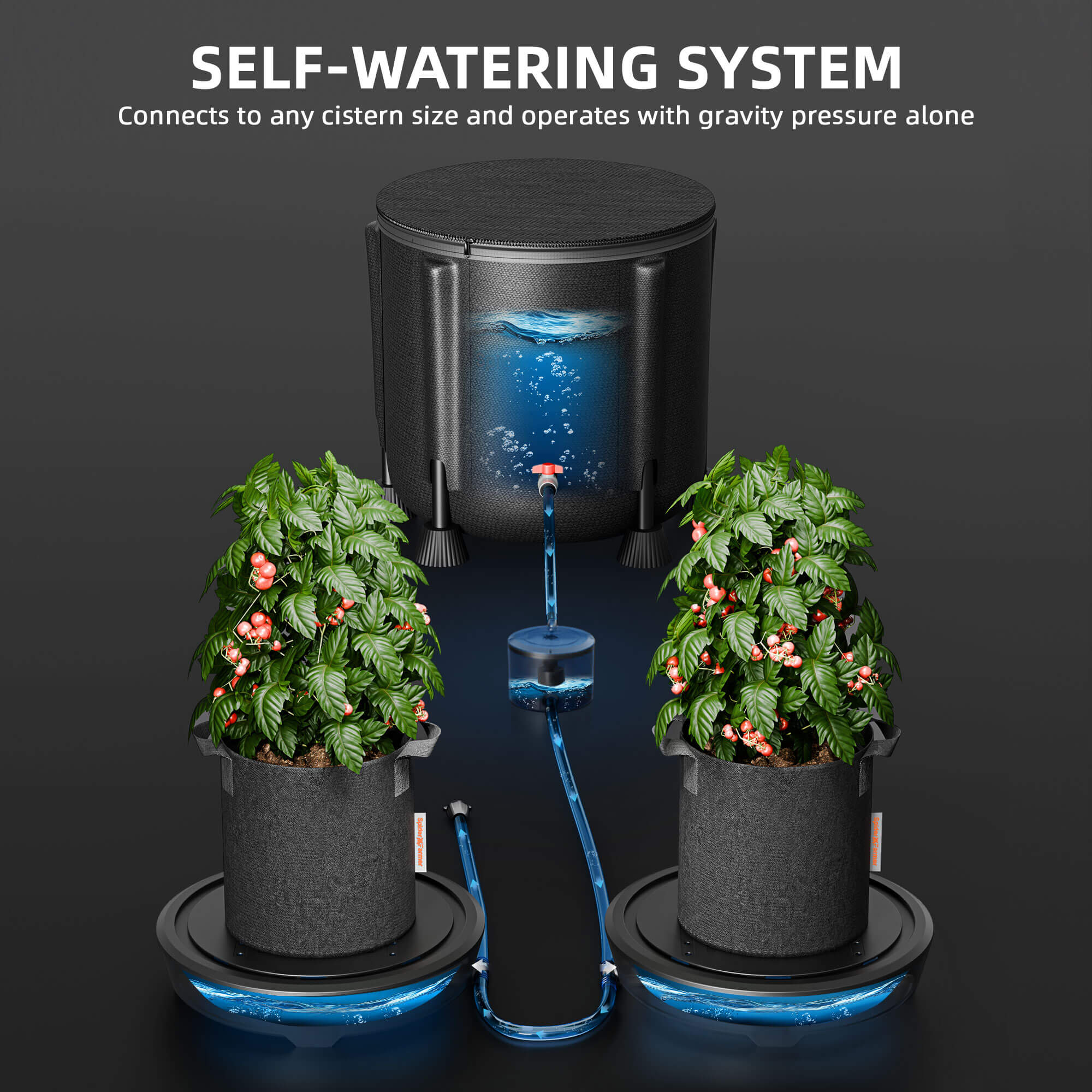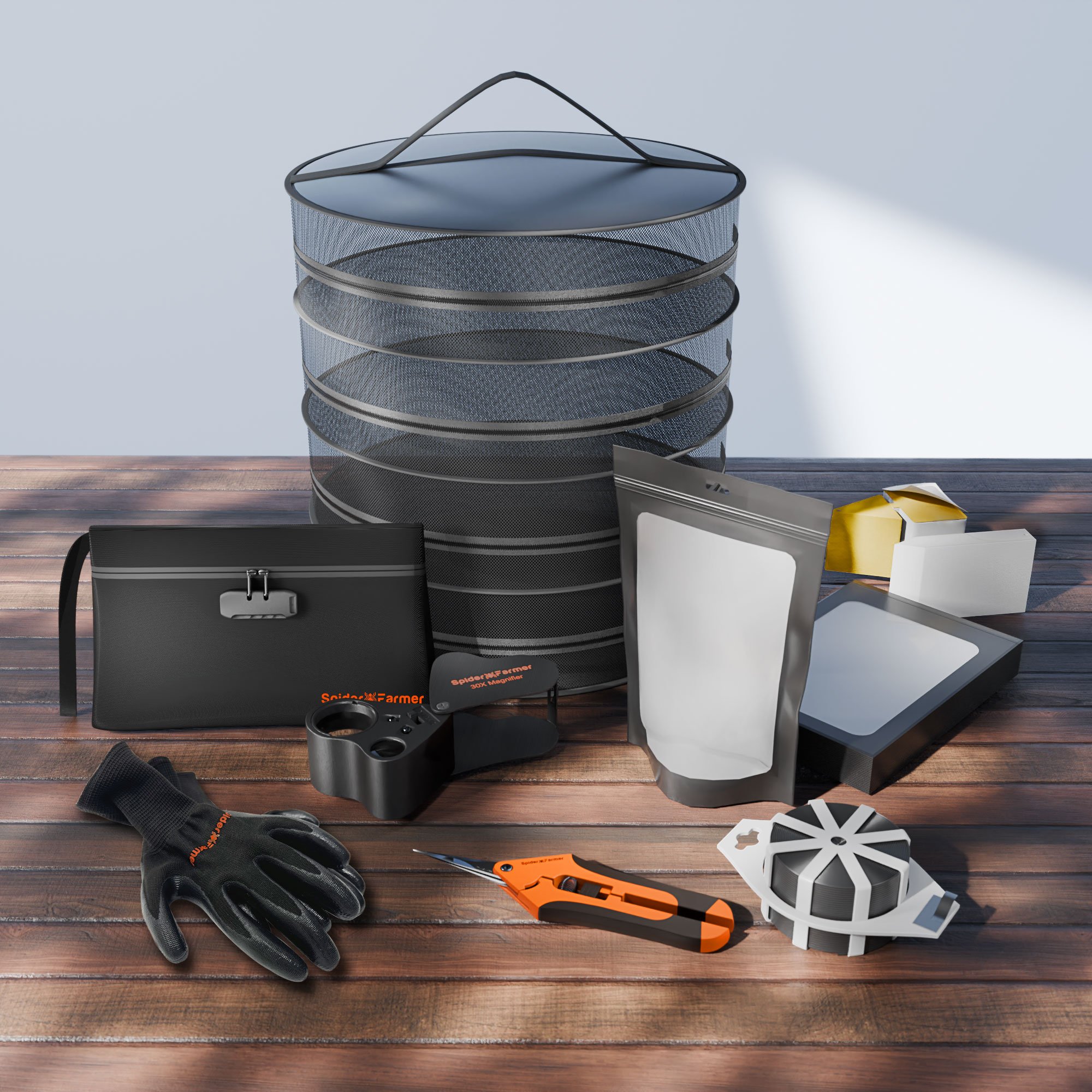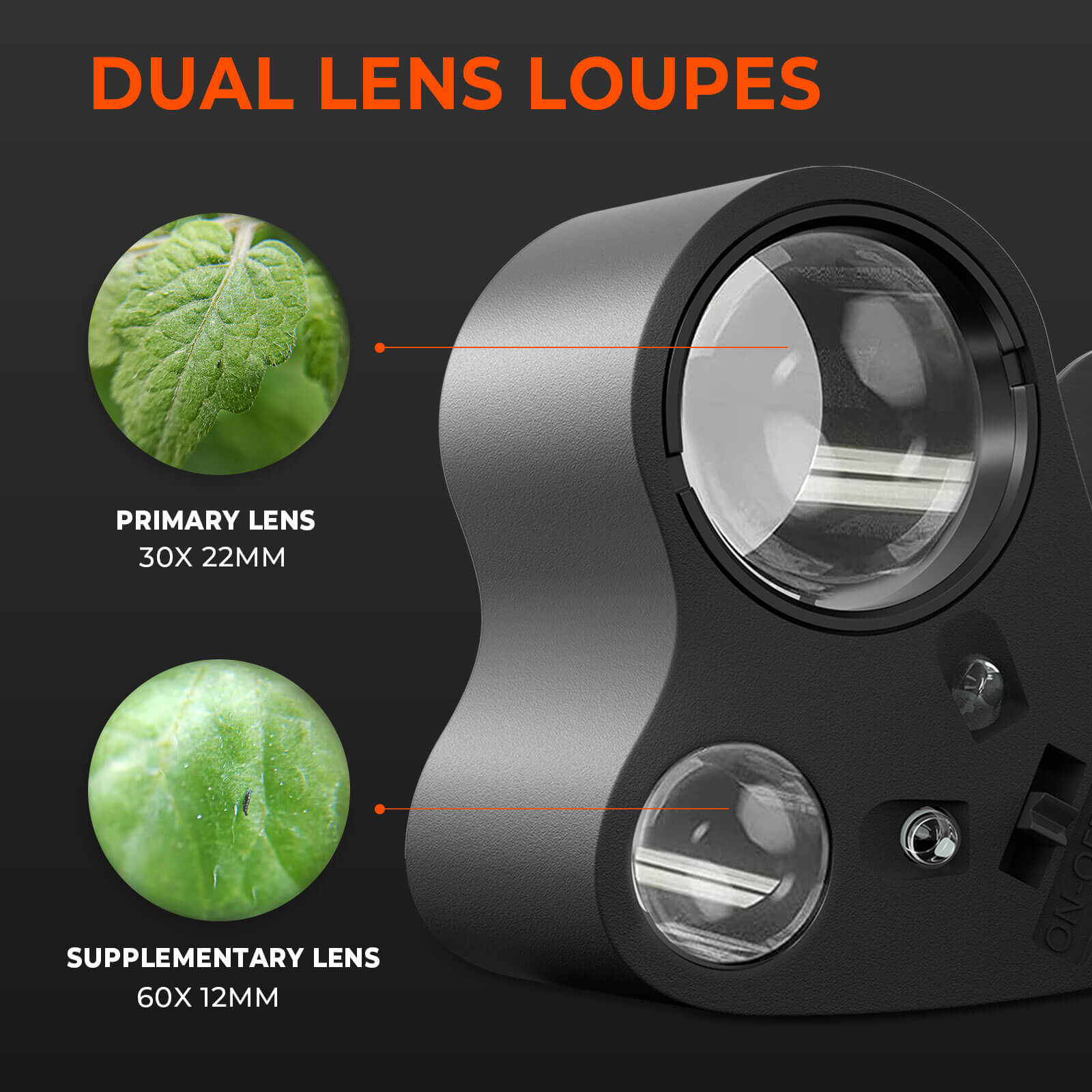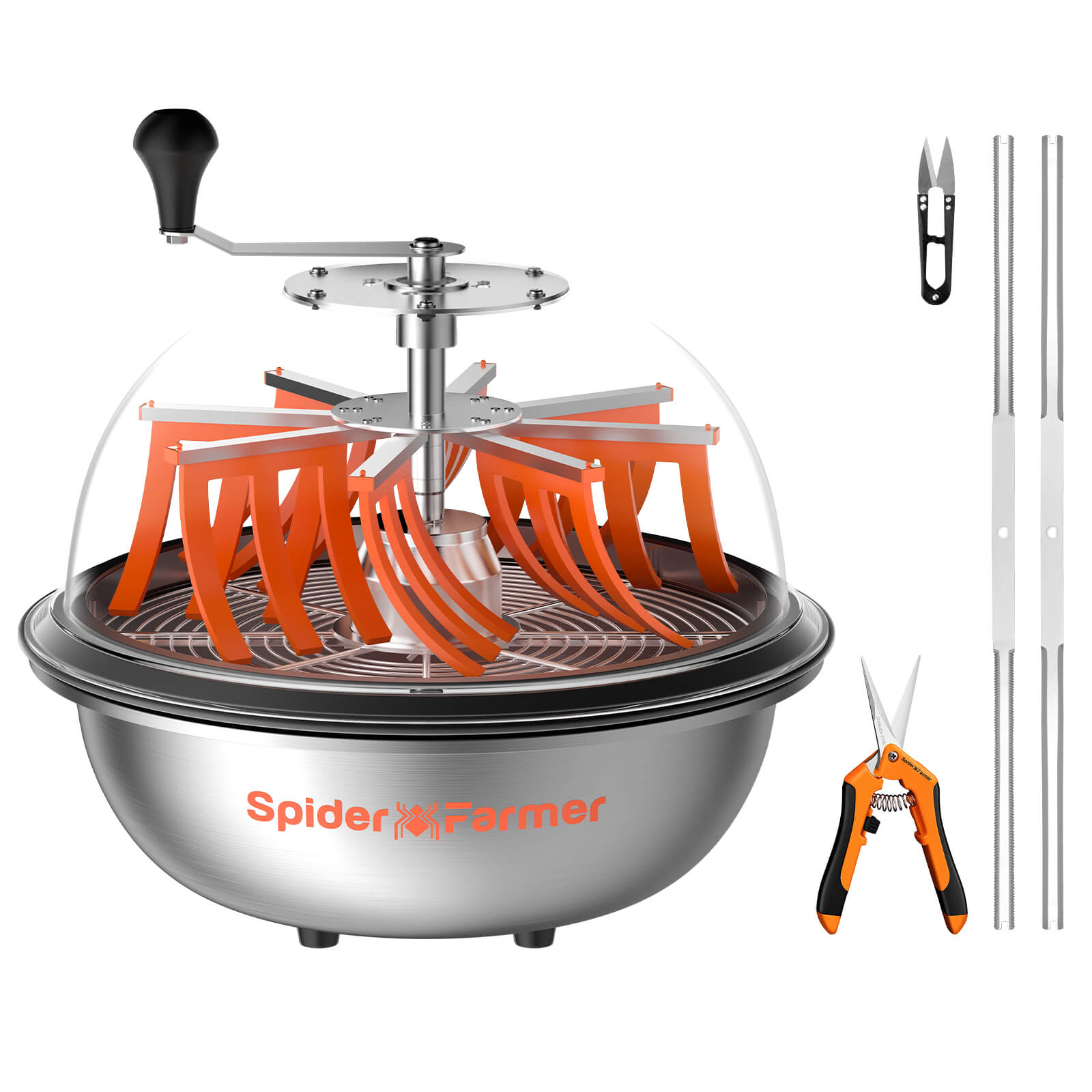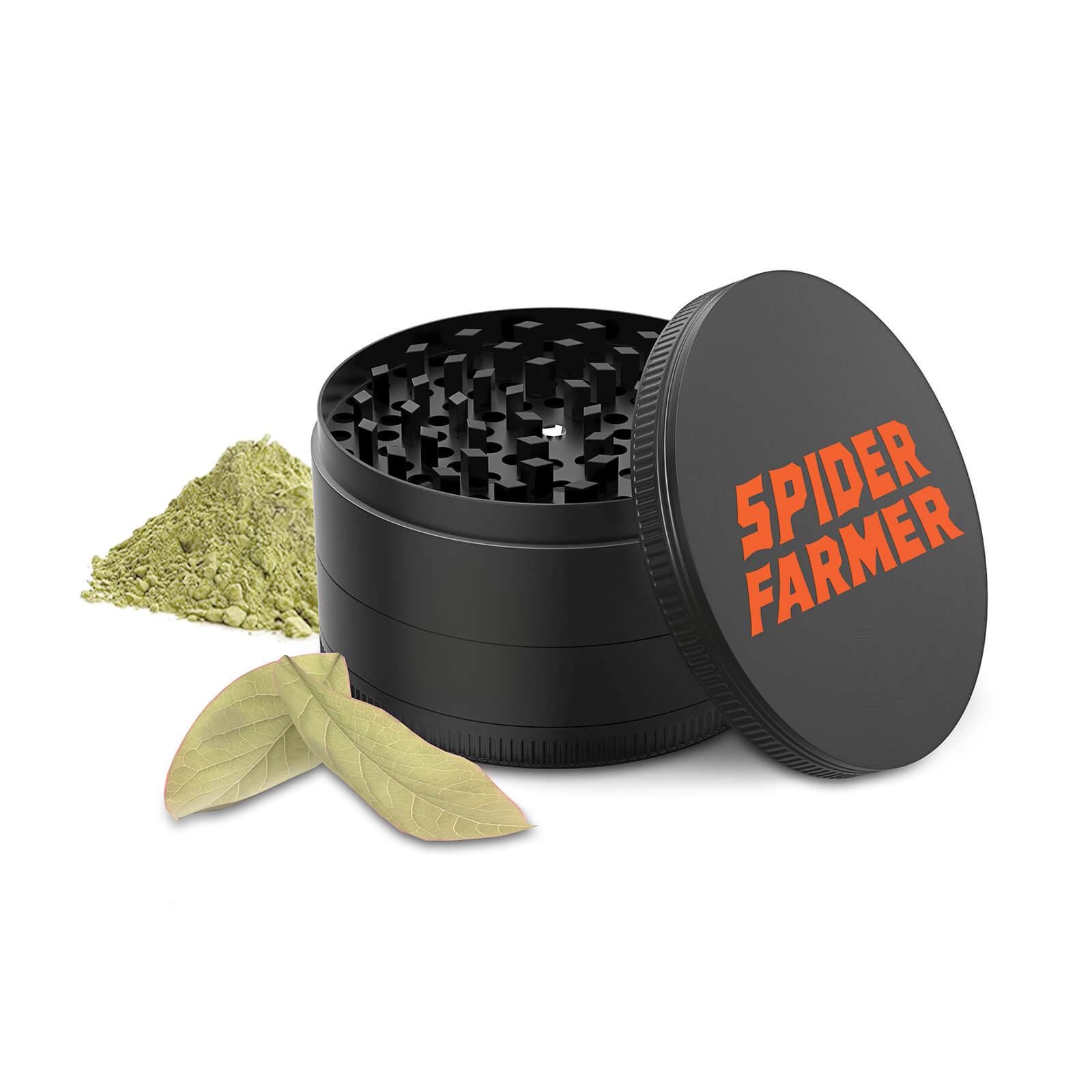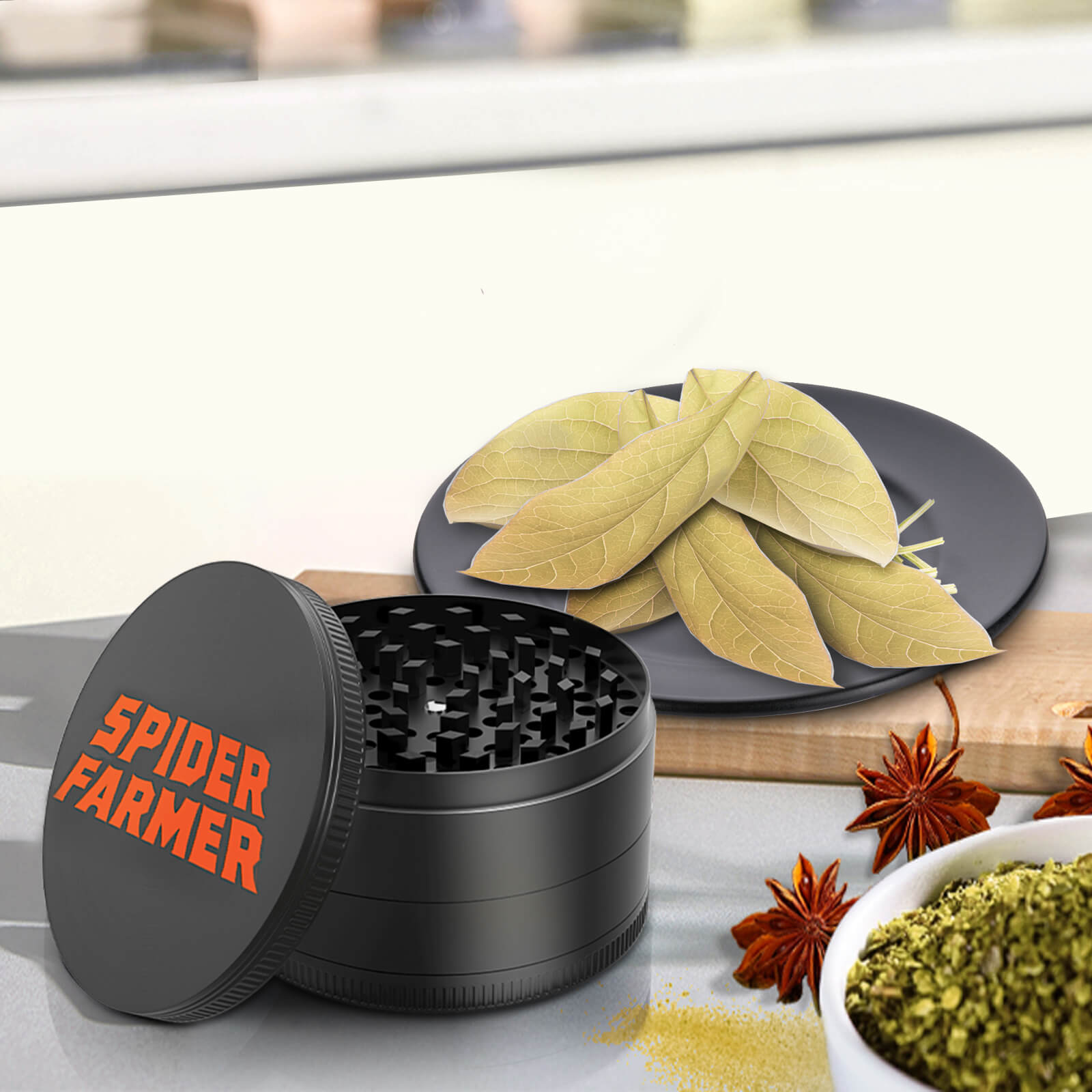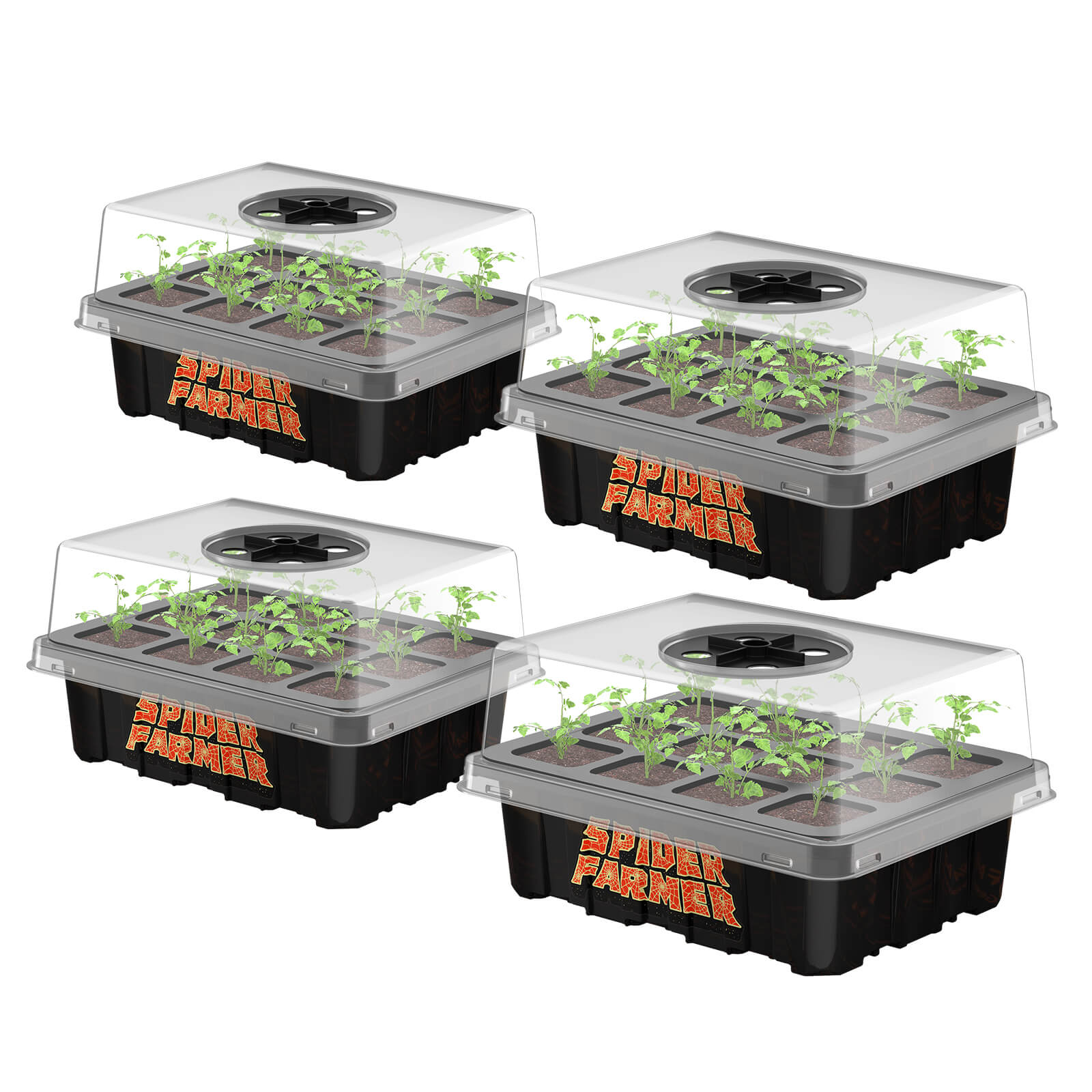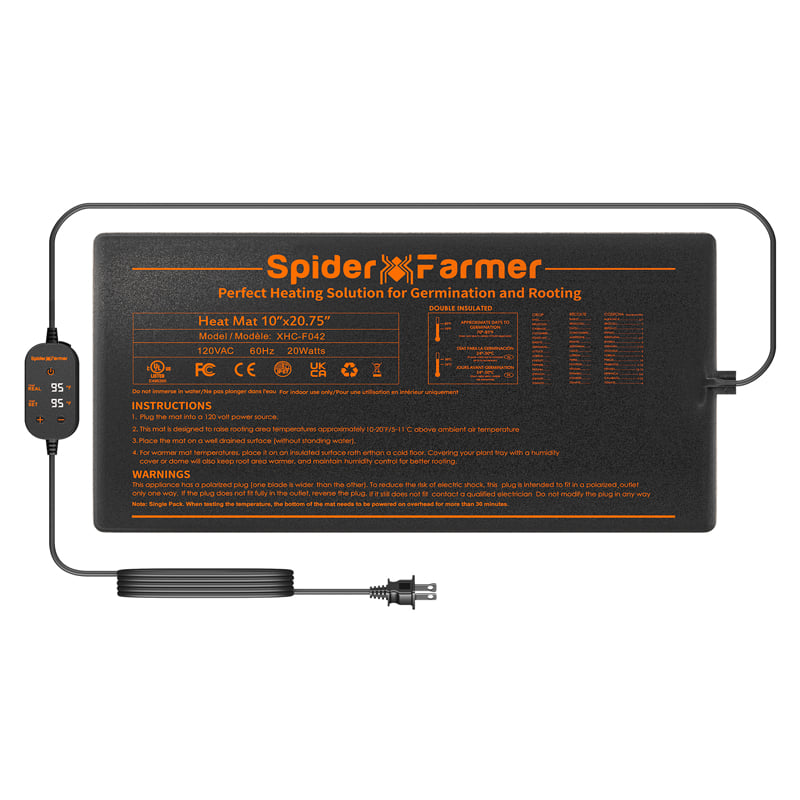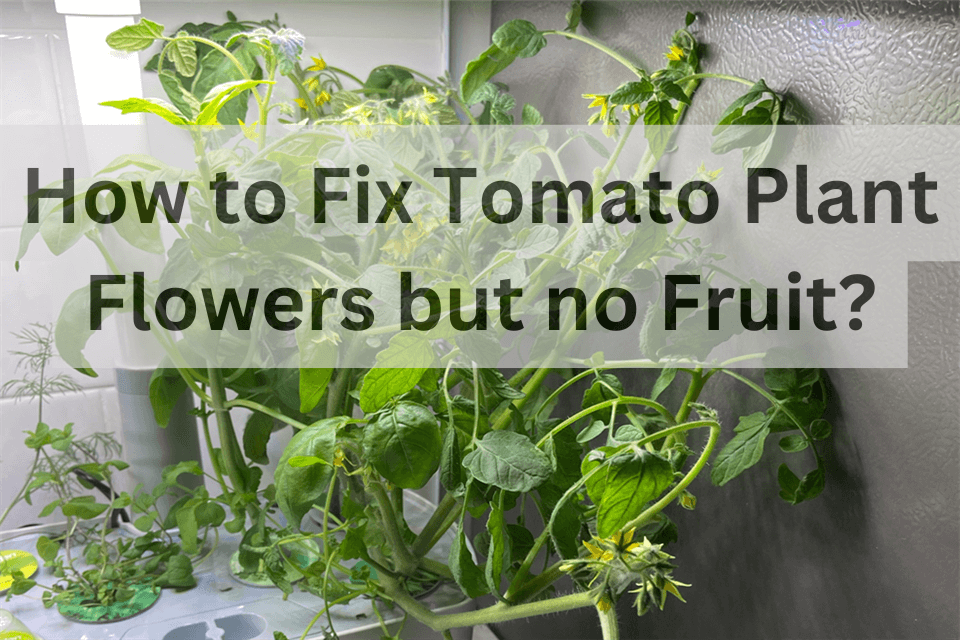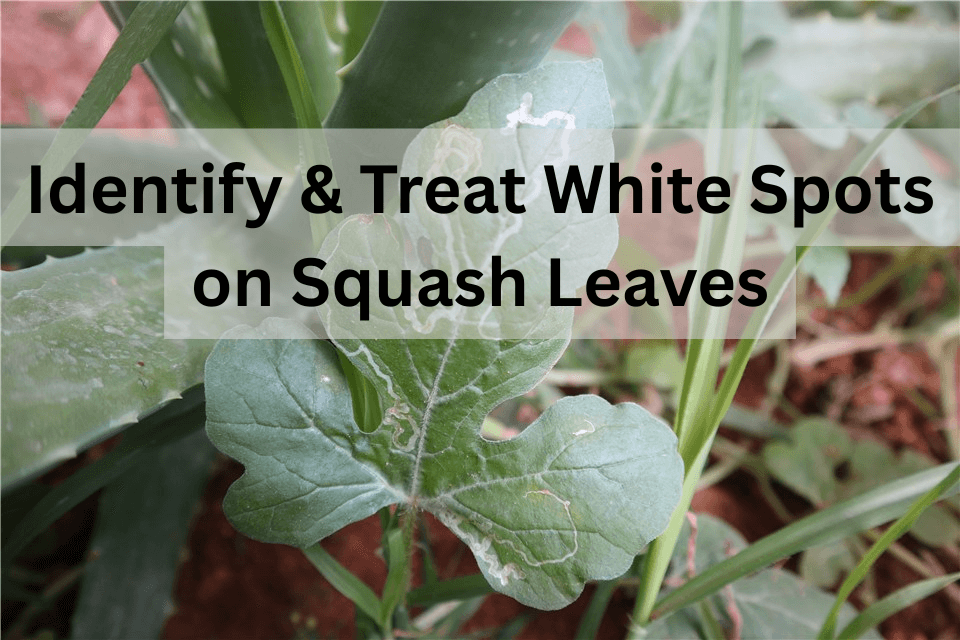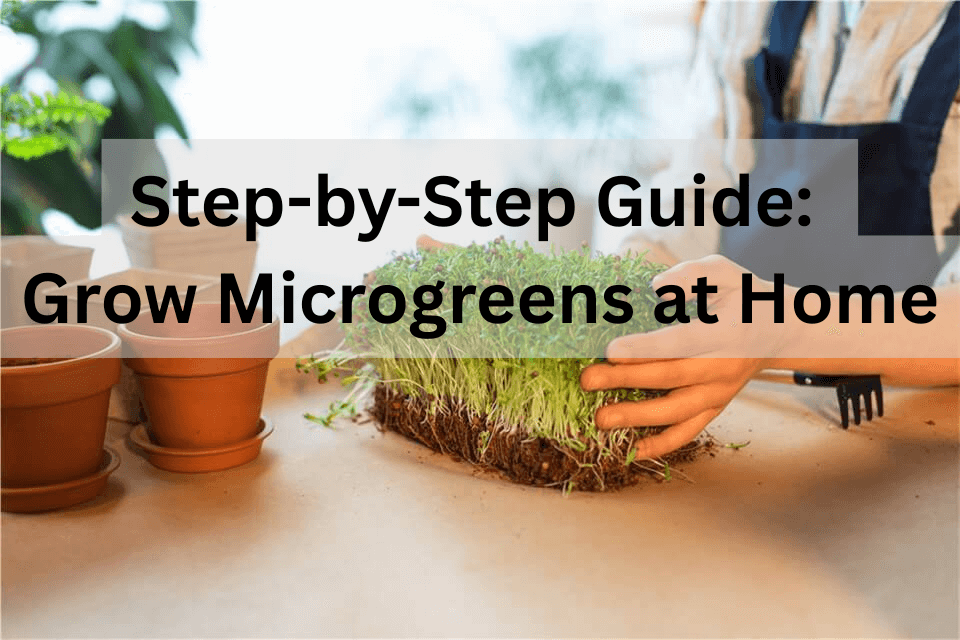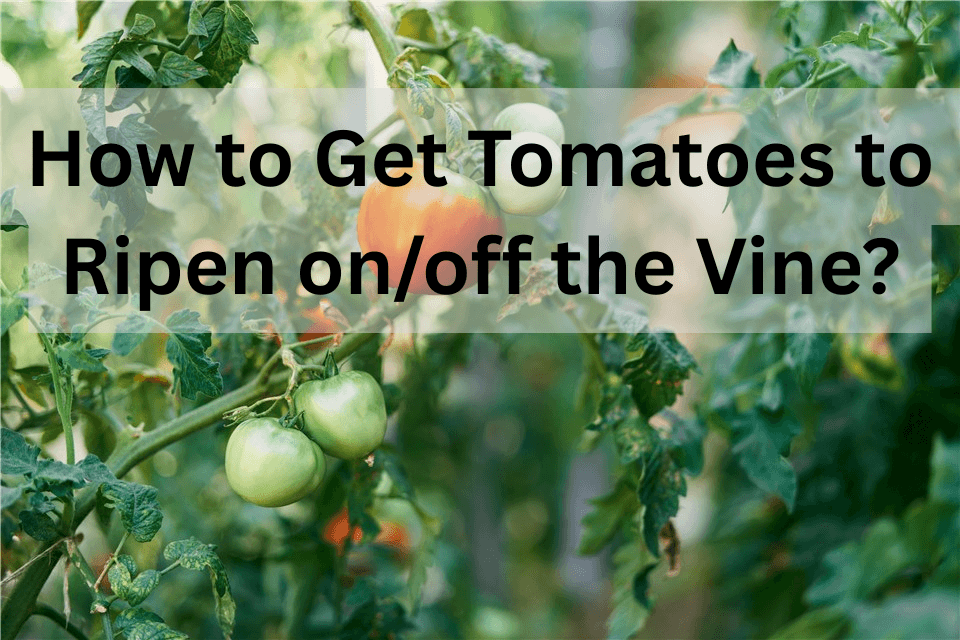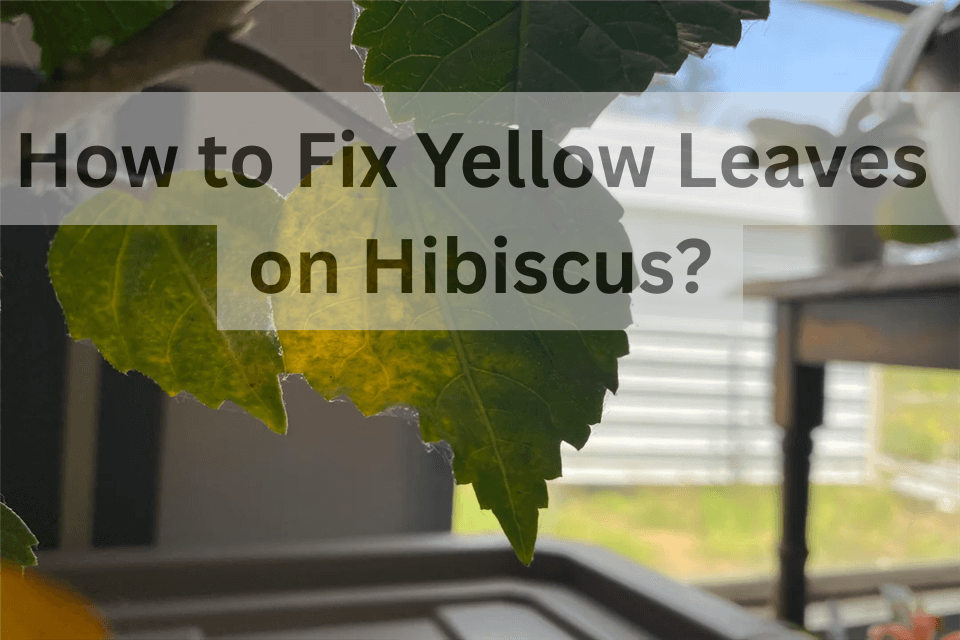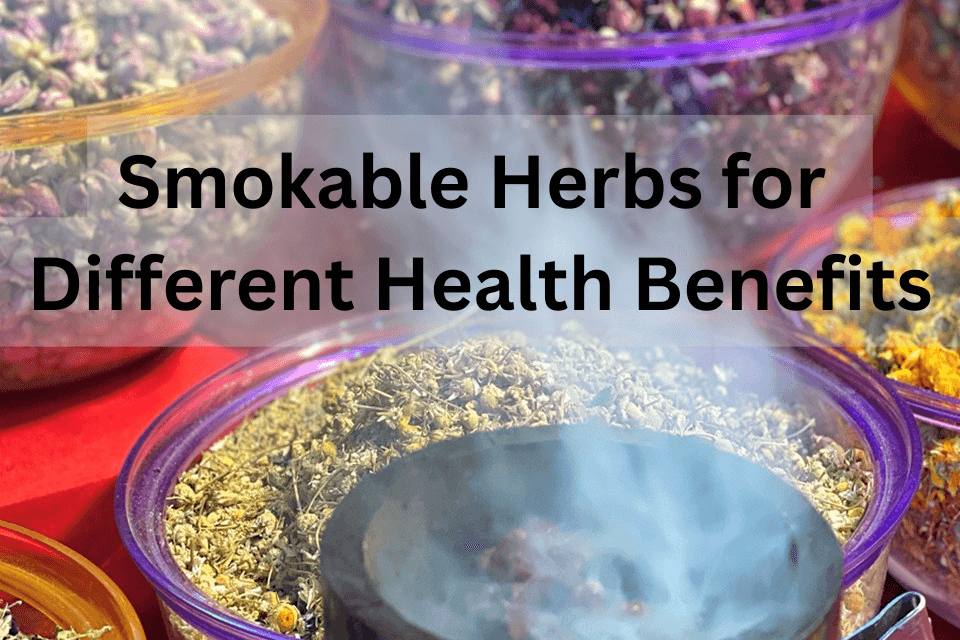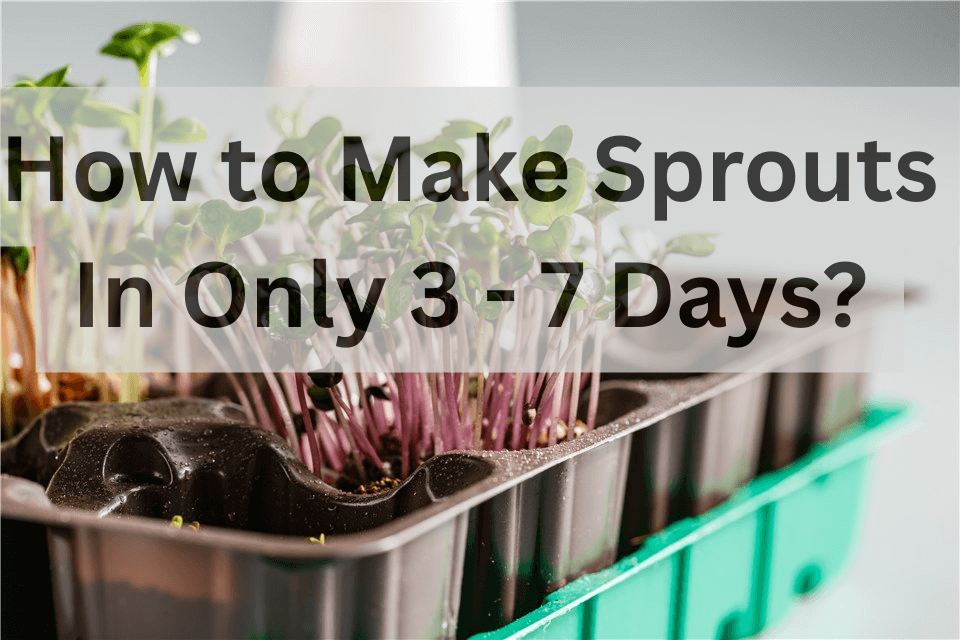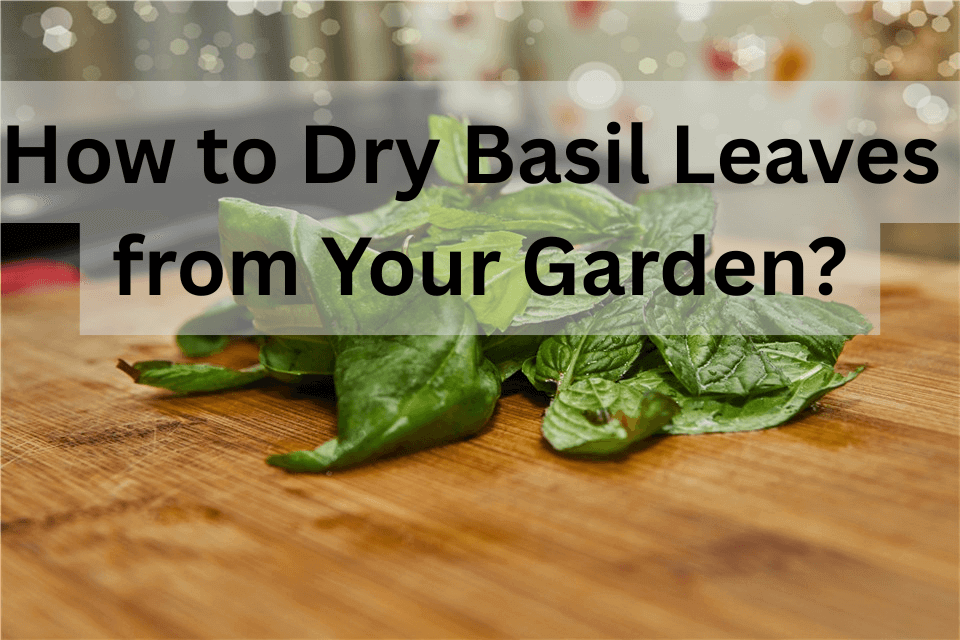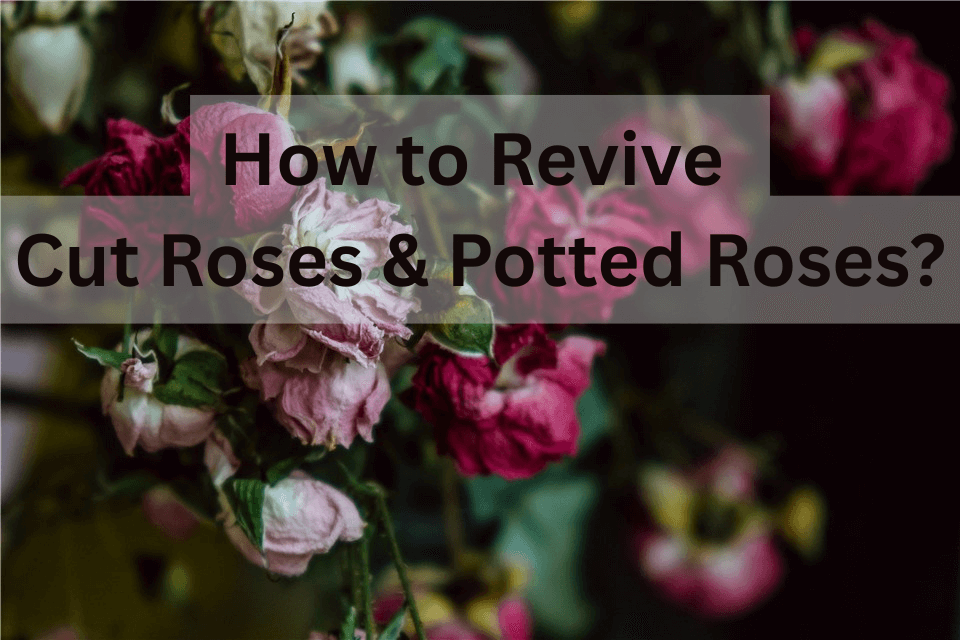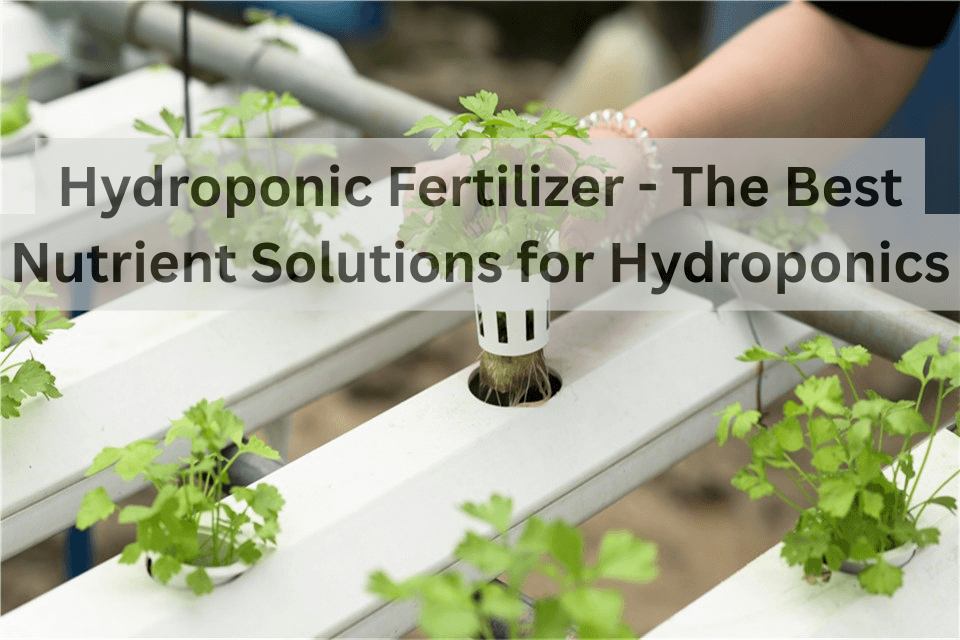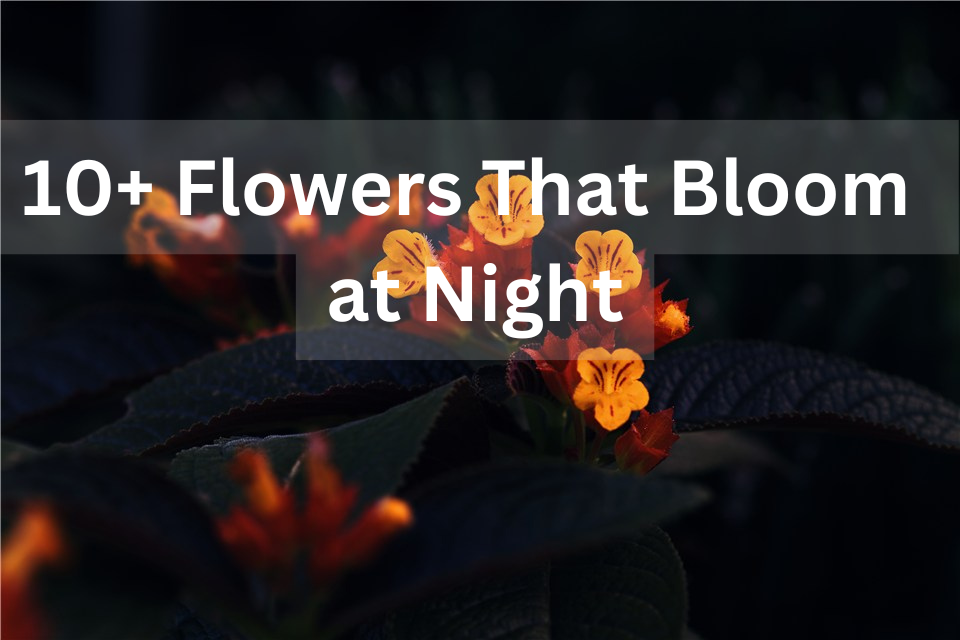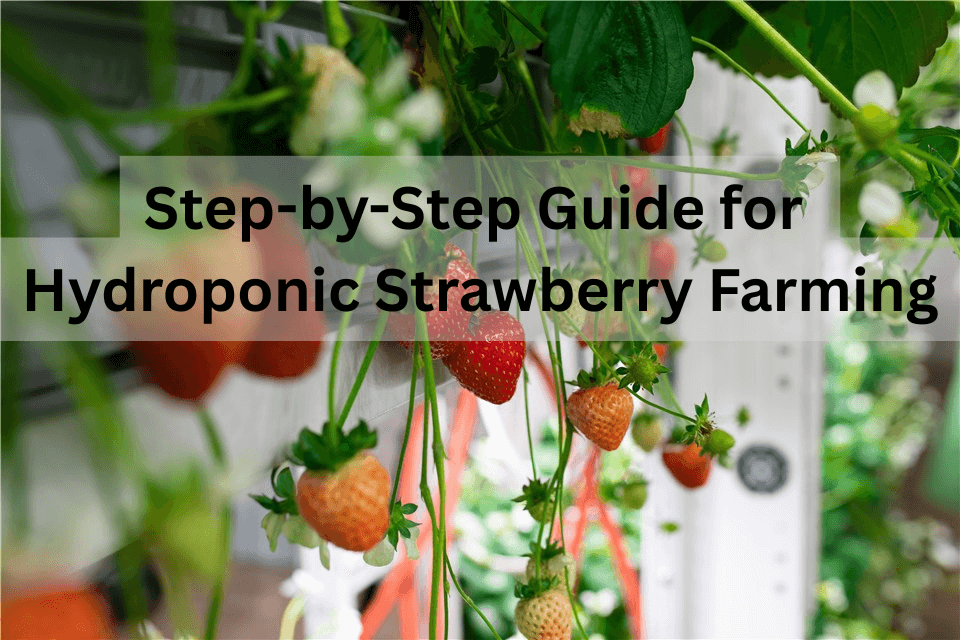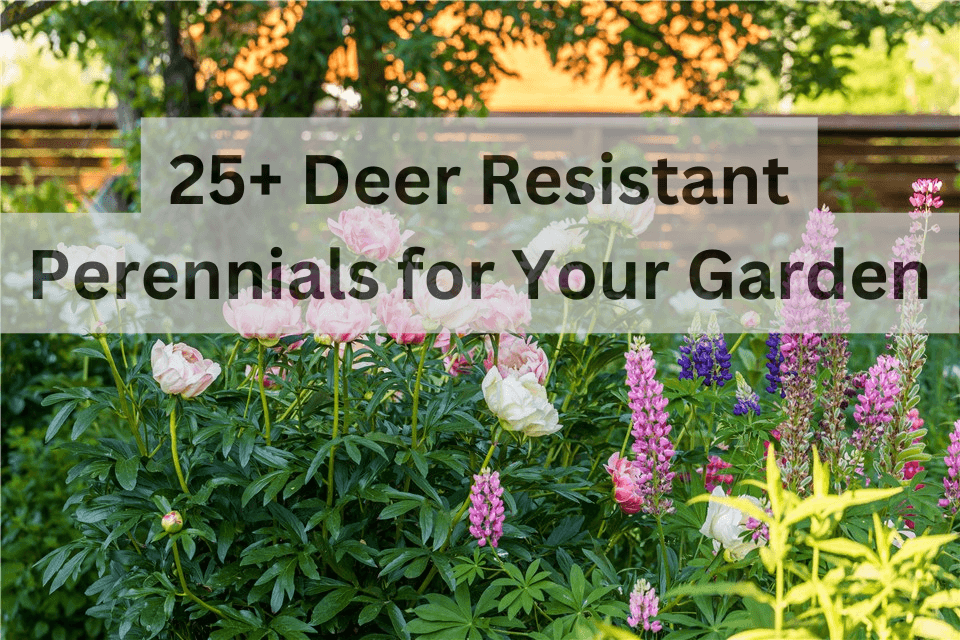Tomato plants are a favorite among gardeners. However, it can be quite frustrating when your tomato plants flower but tomato plant not producing fruit. The “tomato blooms but no fruit” issue can stem from a variety of factors, including environmental conditions, nutrient imbalances, pollination problems, or even tomato growth habits.
The good news is that you can resolve tomato plants not fruiting on your own. In this post, we’ll explore the potential reasons behind tomato blooms but no fruit and provide practical solutions to help you turn those blossoms into a thriving tomato crop. Whether you’re a beginner or a seasoned gardener, this article will empower you to nurture your tomato plants to their full potential. Let’s dive into the world of tomato plants and uncover the secrets to encouraging tomatoes to fruit!
Table of Contents
How Long After Flowering Do Tomatoes Appear?
Typically, tomatoes begin to appear about 20 to 30 days after flowering. The specific time may depend on the variety of tomatoes and the growing conditions. After tomato blooms, they need to be pollinated. This can occur naturally through wind or insects. Once pollination occurs, the flowers will start to develop fruit, and you’ll notice small green tomatoes forming. Factors such as temperature, humidity, and sunlight can influence this timeline. Therefore, it's essential to provide optimal growing conditions to ensure a healthy yield. If you notice tomato blooms but no fruit, keep reading and find the possible reasons and solutions.
Why Does My Tomato Plant Flower but Not Fruit?
After a careful cultivation of tomatoes, it can be frustrating to find flowers on tomato plants but no fruit. You may wonder why this happens. Several factors could be at play, including environmental conditions, pollination problems, nutrient deficiencies, and potential diseases. To better resolve this issue, we should know what flowers mean when growing tomatoes. In this section, we’ll explore the most common causes behind tomato plants not fruiting and offer possible solutions according to the reasons.
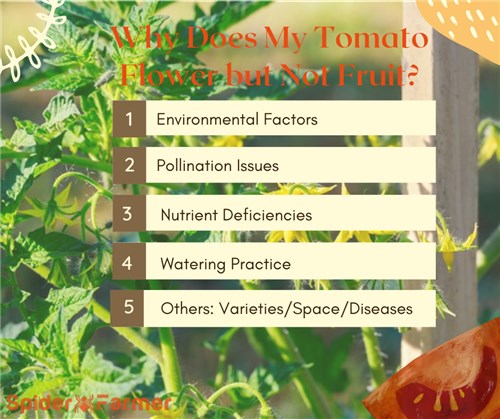
Why Does My Tomato Plant Flower but Not Fruit?
Environmental Factors
- Light: Tomatoes need at least 8 hours of sunlight per day. Insufficient light can lead blooms to fall off tomato plants. If your tomatoes can’t receive enough sunlight in your state or region, you can place them under LED grow lights.
- Temperature: During the daytime, tomato plants prefer to thrive in temperatures between 70°F and 85°F, while in nighttime, the temperatures should be above 55°F. If it gets too hot (over 90°F) or too cold (below 55°F), the plants might stop setting fruit. The blooms falling off tomato plants can occur when it’s too cold, wet, hot, or dry. You can use shade cloth during extreme heat or plant heaters during cold nights to keep your plants warm.
- Humidity: The optimal relative humidity for tomatoes is between 40% and 70%. If it’s too humid, the pollen can become sticky and fail to fertilize the flowers; on the other hand, if it’s too dry, pollen might not transfer at all. You can try misting the plants or placing a plant humidifier if it’s too dry.
Pollination Issues
Tomato flowers are self-pollinating. However, they also require wind or insect activity for effective pollen transfer. Cold, windy, or wet weather can reduce bee activity, hindering pollination and a lack of pollination can cause blooms to fall off and no fruit. If there are few pollinators like bees around, you can gently shake the plants or use an electric toothbrush to vibrate the flowers and help spread the pollen. Planting flowers nearby to attract bees can also improve the fruit set.
Nutrient Deficiencies
An imblanced fertilizer can lead to tomato plant flowers but no fruit. Too much nitrogen can lead to lush foliage but few fruits. Thus, you need to use a balanced fertilizer with adequate phosphorus and potassium to support healthy flower and fruit development. Also, maintain soil pH between 6.0 and 6.8 for optimal nutrient uptake.
Watering Practice
Overwatering or Underwatering can both stress the tomatoes plants and cause flowers to drop before they set fruit. Water your tomato plants deeply once or twice a week. Check the soil moisture 1-2 inches down before watering; if it feels damp, hold off on additional water. Besides, adding mulch around the plants can help retain soil moisture and regulate temperature.
Other Factors
- Varieties: Heirloom varieties are more sensitive to temperature fluctuations than modern hybrids.
- Spacing: Planting tomatoes too close together can reduce fruit production and increase susceptibility to diseases1. Space plants 24 to 36 inches apart.
- Diseases: Fungal diseases like botrytis can cause blooms to drop.
How Do You Encourage Tomatoes to Fruit?
Due to the indicated reasons above, you may find your tomatoes struggling to set fruit. To encourage your tomato plants to transit from flowering to fruiting, you should pay attention to several factors - from optimizing environmental conditions to providing the right nutrients and care, you can try several strategies to boost your tomatoes production.
Optimize Environmental Conditions
- Light: Insufficient light can reduce the plant's energy to produce fruit. Therefore, you should ensure tomato plants receive at least 6-8 hours of direct sunlight daily.
- Temperature: Maintain daytime temperatures between 70°F and 75°F5. Protect plants from cold snaps, ensuring nighttime temperatures stay above 55°F, as temperatures below this can cause blossom drop.
- Watering: Water regularly. providing at least an inch of moisture per week, and adjust based on the season. Mulch around the plants to help retain soil moisture and maintain even soil temperature. Avoid extreme fluctuations in soil moisture to prevent fruit cracking.
Enhance Pollination
- Gently shake your tomato plant to mimic the vibrations of bees and dislodge pollen.
- Encourage bees and other insects to visit your plants to aid in pollination. You can attract them by planting flowers nearby.
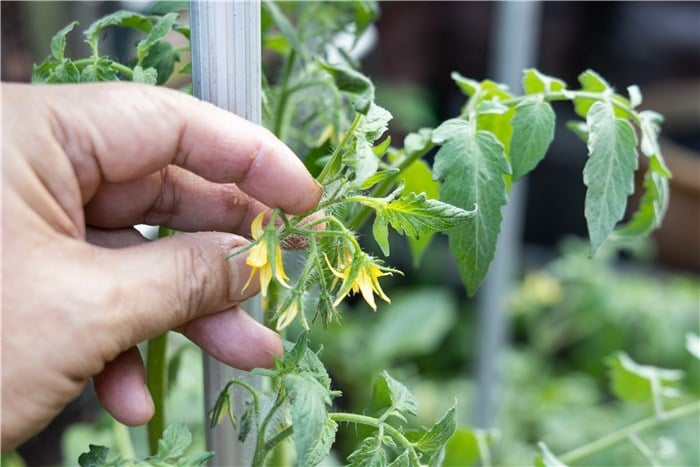
Manual Tomatoes Pollination
Soil and Fertilization
- Planting tomatoes in soil with low nutrient levels are more likely to set early fruit. Add manure once some fruit has set to encourage large fruit and vigorous growth1.
- Use fertilizers with low nitrogen and higher phosphorus and potassium (PK).
Other Helpful Tips
- Root Disturbance: Digging up and replanting established tomato plants can encourage earlier fruit set due to the stress on the plant’s roots.
- Pruning: If you have not pruned very much at all, then now is the time. Plants should be just an inch or two below the grow light hood and should be growing within the footprint.
- Stress the plants: Stress the tomato plants by skipping a feeding for a week, and/or unplug, and then put it in a closet for a day or two. This changes the conditions that the plants have become accustomed to, and can stimulate them to flower.
- Consider Blossom-Set Sprays: Spray the plants with Blossom Set, a hormone that encourages bloom and fruit in tomato and pepper plants.
- Ensure Adequate Spacing: Providing enough space between tomato plants promotes better air circulation and reduces the risk of diseases.
FAQs About Tomato Flowering and Fruiting
By the end of the post, we’ll further discuss several questions frequently asked by tomato growers. Again, we’ll focus on the stages of flowering and fruiting.
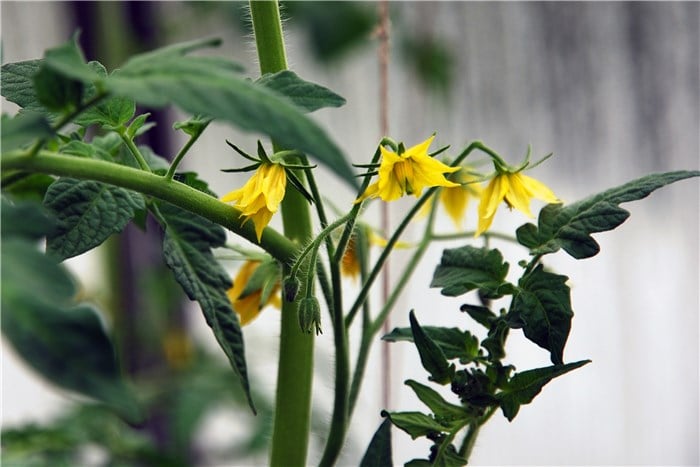
Tomato Flowering and Fruiting
How to know if my tomato flower is pollinated?
To determine if your tomato flower is pollinated, observe the flower after it has bloomed. A successfully pollinated flower will typically show signs such as the petals wilting and falling off, while the ovary at the base of the flower begins to swell, indicating the formation of a fruit. Additionally, check for the presence of small green tomatoes developing in place of the flower. If the flower remains intact for an extended period without wilting or shows no signs of fruit development, it may not have been pollinated effectively.
Why are my tomato plant leaves curling up but no fruit?
Tomato curling leaves often indicate stress or environmental issues. Common reasons include inconsistent watering, leading to either drought stress or overwatering; nutrient deficiencies, particularly a lack of potassium; or pest infestations, such as aphids or spider mites, which can damage the leaves. Environmental factors like extreme temperatures or excessive wind can also contribute to leaf curl. Additionally, if the plant is not producing fruit, it may be due to insufficient pollination, poor light conditions, or stress from these same factors. To address the issue, assess your watering routine, check for pests, ensure proper nutrient levels, and provide optimal growing conditions.
Is wind enough to pollinate tomatoes?
Yes, wind can play a role in pollinating tomatoes, but it's typically not sufficient on its own for optimal fruit set. Tomato flowers are self-pollinating, which means they contain both male and female parts and can fertilize themselves. However, wind can assist by shaking the flowers and helping to release pollen. For better pollination, especially in still or humid conditions, you can gently shake the plants or use a small brush or cotton swab to transfer pollen between flowers. Ensuring good air circulation and maintaining proper humidity levels can also enhance the chances of successful pollination.
Conclusion
Now, you’ve understood why your tomato plant flowers but gets no fruit. Factors such as inadequate pollination, environmental stress, nutrient imbalances, and pest infestations can all least to this problem. To promote your tomatoes to get fruit, you should carefully monitor their growing condition,ensure proper watering and nutrient levels, and take measures to enhance pollination. With proper care, you can significantly improve their chances of producing a fruitful tomato crop.


